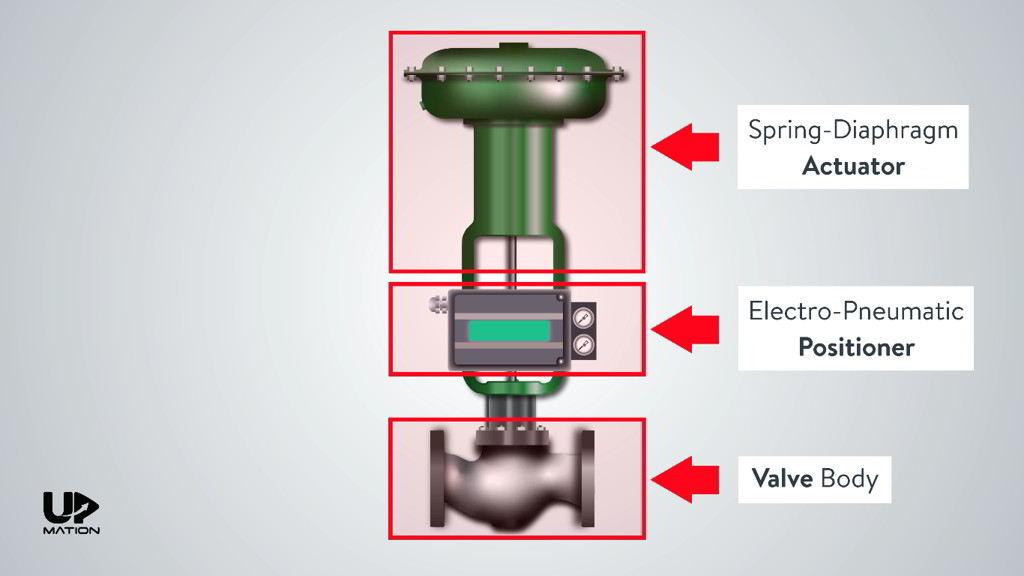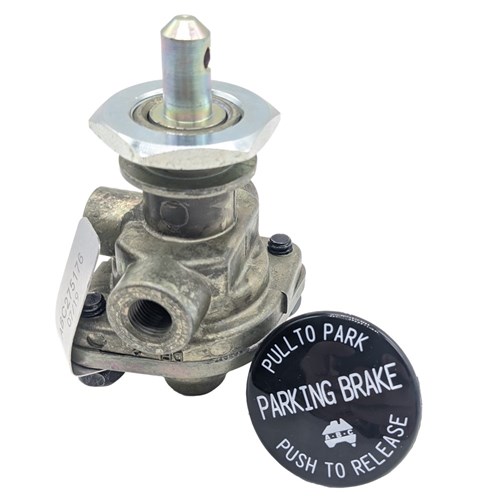How Control Valves Effect Power Efficiency in Industrial Settings
How Control Valves Effect Power Efficiency in Industrial Settings
Blog Article

Maximize Power Financial Savings and Convenience With Advanced Structure Automation Controls
In the world of contemporary design and center monitoring, the combination of sophisticated structure automation controls stands as a pivotal development. By using the power of automation, buildings can adapt, respond, and develop in ways that were when inconceivable.
Energy Effectiveness Perks
Power performance advantages can dramatically lower power intake and functional prices in structures. Energy-efficient systems, such as advanced structure automation controls, can enhance the usage of resources like cooling, illumination, and home heating, leading to reduced energy costs over time.
In addition, improved energy efficiency can extend the life-span of structure equipment and systems. By operating more successfully, heating and cooling systems, lighting fixture, and other building elements experience much less deterioration, causing lowered maintenance and substitute prices. Furthermore, energy-efficient buildings usually regulate greater building worths and rental prices, offering long-term economic advantages to proprietors.
In addition, power effectiveness can enhance occupant convenience and efficiency. Effectively controlled indoor atmospheres with optimal illumination and thermal conditions produce an even more favorable and positive work space, leading to enhanced worker fulfillment and efficiency. Overall, the energy performance benefits linked with innovative building automation controls are multifaceted, including cost financial savings, ecological stewardship, and resident health.
Improved Comfort Control
Enhancing convenience control in building environments calls for a sophisticated combination of advanced automation systems for optimal owner well-being. By making use of sophisticated building automation controls, centers can tailor the indoor atmosphere to satisfy the specific requirements and choices of owners. These systems enable specific policy of ventilation, lighting, and temperature, producing a comfy and efficient environment. Resident satisfaction and efficiency are very closely linked to thermal convenience, making it important to have systems in location that can adjust to altering problems in real-time.
Improved convenience control exceeds basic temperature level changes. It includes functions such as tailored setups, tenancy sensing units, and all-natural light use to develop a vibrant and receptive environment. By integrating these advanced controls, structures can not only boost convenience yet additionally improve energy effectiveness by enhancing system operations based on actual occupancy and use patterns. Inevitably, prioritizing owner convenience with sophisticated automation systems results in an extra pleasurable and much healthier interior setting.
Functional Performance Improvements

Additionally, the implementation of real-time monitoring and analytics devices enables structure operators to identify power ineffectiveness and operational anomalies immediately. By continually keeping an eye on power use patterns and system efficiency metrics, adjustments can be made in real-time to enhance power consumption and ensure peak operational efficiency. control valves. Additionally, integrating demand action techniques into structure automation controls can additionally enhance official statement functional performance by dynamically readjusting power use based upon grid problems and rates signals
Indoor Environment Optimization
Effective interior climate optimization is a basic facet of building automation controls, ensuring occupants' comfort and wellness while taking full advantage of energy cost savings. By making use of sophisticated sensors and controls, building automation systems can continually monitor and readjust temperature, humidity levels, air quality, and air flow to produce an optimum interior environment. Maintaining consistent and comfy problems not only enhances owner fulfillment however additionally enhances performance and overall well-being.
Interior climate optimization also plays a critical role in power efficiency. By fine-tuning air flow, air conditioning, and home heating systems based upon real-time data and tenancy patterns, constructing automation controls can considerably reduce power intake - control valves. As an example, implementing strategies such as demand-controlled air flow and thermal zoning can aid lessen power waste while making sure that each location of the building obtains the necessary conditioning.

Lasting Environment Development
Building automation controls not only enhance interior climate conditions for power effectiveness and owner convenience yet also lay the structure for producing a sustainable atmosphere with strategic management of systems and sources. By incorporating innovative building automation innovations, such as sensing units, actuators, and intelligent software, centers can change and keep track of energy use in real-time to lessen waste and lower their carbon impact. These systems make it possible for anticipating maintenance, identifying potential problems before they rise and maximizing devices performance to enhance long life and performance.
Moreover, lasting Check This Out setting production expands beyond energy administration to include water conservation, waste decrease, and interior air quality improvement. Structure automation controls can regulate water usage, detect leaks, and ensure appropriate waste disposal techniques, contributing to overall sustainability initiatives. Additionally, by controlling and keeping an eye on ventilation and filtering systems, these technologies enhance resident health and wellness and efficiency while lowering energy usage related to heating and cooling procedures.
Verdict
To conclude, progressed structure automation controls deal significant advantages in regards to energy cost savings, comfort control, operational performance, indoor climate optimization, and developing a lasting atmosphere. By executing these controls, structures can accomplish optimum efficiency while minimizing power usage and improving resident convenience. It appears that using innovative automation innovation is vital in improving building performance and developing a much more sustainable future.
Power efficiency benefits can significantly minimize energy consumption and operational expenses in buildings. Generally, the power effectiveness benefits connected with innovative building automation controls are complex, incorporating price financial savings, ecological stewardship, and passenger well-being.
In addition, including demand action strategies right into structure automation controls can additionally boost operational effectiveness by dynamically adjusting energy usage based on grid conditions and prices signals.
Structure automation controls not just maximize interior environment problems for power effectiveness and occupant comfort but likewise lay the foundation for producing a sustainable environment through critical management of resources and systems.In verdict, advanced building automation controls deal considerable advantages in terms try this out of energy cost savings, comfort control, operational performance, interior climate optimization, and developing a lasting environment.
Report this page